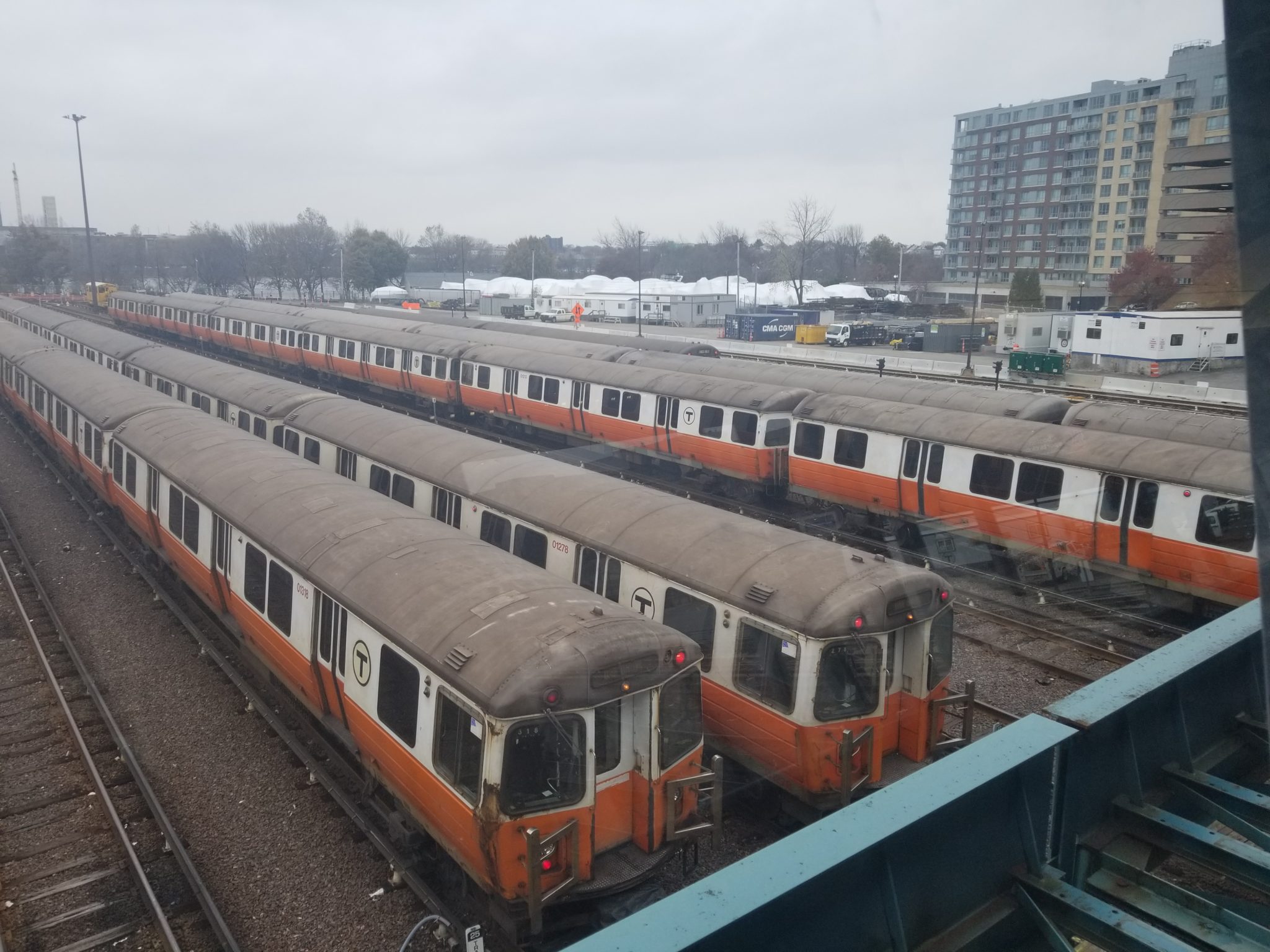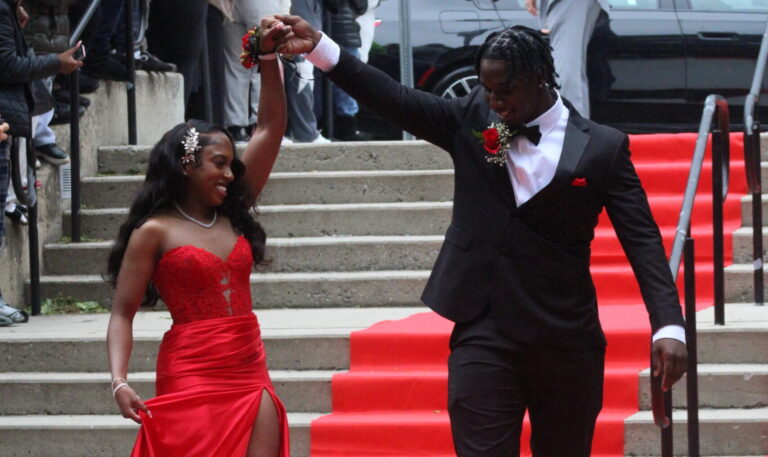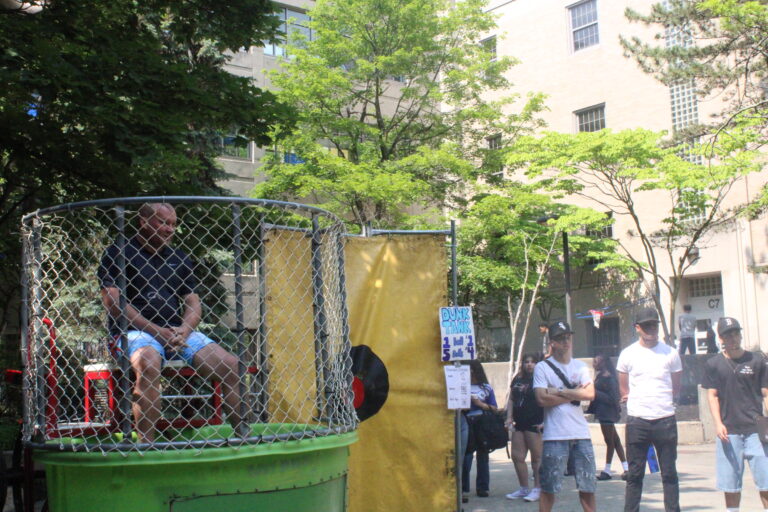
Photo of the Orange Line Trains. Photo taken by Gabriel Fesehaie.
Edmund Kam also contributed to this article.
For over a month, from August 19th through September 19th, the Massachusetts Bay Transportation Authority (MBTA) decided to shut down the Orange Line for needed repairs and upgrades. Officials from the MBTA stated that this would affect nearly 100,000 daily commuters who depended on the service to get to school, work, and carry out their everyday lives.
Orange Line user and Malden High School alumnus Brandon Wong said of the shutdown, “If I’m being completely honest, if they had been keeping up with maintenance to begin with, this shouldn’t have happened at all.”
The shutdown occurred after numerous incidents involving the service. Before the shutdown, on July 21st, 2022, one of the trains caught fire on a bridge over the Mystic River. That incident was just one of many issues that led to the Orange Line shutdown.
Some weeks before the closure of the Orange Line, on July 28th, the Federal Transit Authority issued a memorandum to the MBTA requiring them to conduct “an immediate safety shutdown.” Starting effectively on July 30th at 12:01 am, the MBTA shall abide by this order due to them failing to follow a previous order issued last month calling for them to de-escalate the situation of disabled trains “rolling out of control.” As a result, workers must attend a safety briefing before being allowed to operate disabled transit vehicles, including trains at workshops and maintenance yards.
Incidents of these “rollaway accidents” have occurred three times since May of 2022, including a train with faulty brakes rolling out of the maintenance yard onto the active tracks of the Red Line.
During the shutdown, the MBTA is said to have completed five years’ worth of work. They replaced thousands of rail ties, thousands of feet of rail and added newer trains to their existing fleet.
One plan regarding alternative methods of transportation while the Orange Line trains were out of service included shuttle buses at no cost. The MBTA Board of Directors announced they had given a $37 million contract to Yankee Line, Inc for the operation of the shuttle bus service. Additionally, the Commuter Rail implemented a new permanent stop at Oak Grove Station. For the commuter rail, passengers could present their CharlieCard or CharlieTicket to access the platform.
The shuttle buses were accessible at every Orange Line station, except Tufts Medical Center, Chinatown, Downtown Crossing, and State. Commuters would have to utilize the Green Line or walk to their destination for those stops.
Johnny Emmanuel, a senior from Malden High School, used the Orange Line almost every day to attend his track practice near Harvard Square. He said, “I did not mind the shutdown. I enjoyed the shuttle bus. It [was] faster for me.” Emmanuel also mentioned that he had to pay after the shuttle bus to transfer to the Green Line to get him to his final destination, which he disliked. Overall, he considered the alternative methods provided by the MBTA efficient.
As another regular Orange Line user, Wong echoed Emmanuel’s statement, stating that “the shuttle buses worked great. I think they were more efficient when there wasn’t traffic than just using the train. . . I wouldn’t have to wait that long. I remember sometimes I would wait for 30 minutes just for the next train to arrive whereas the shuttle buses I would only have to wait for five minutes for them to arrive.”
However, Wong did not believe the MBTA handled the situation perfectly. He added, “I wish they gave a bigger heads up [before the shutdown],” and that for the stops without shuttle buses, “more clear directions could have been put in place by the MBTA. The MBTA didn’t really help [the people get around]. It was basically left for the communities to figure [things] out.”



